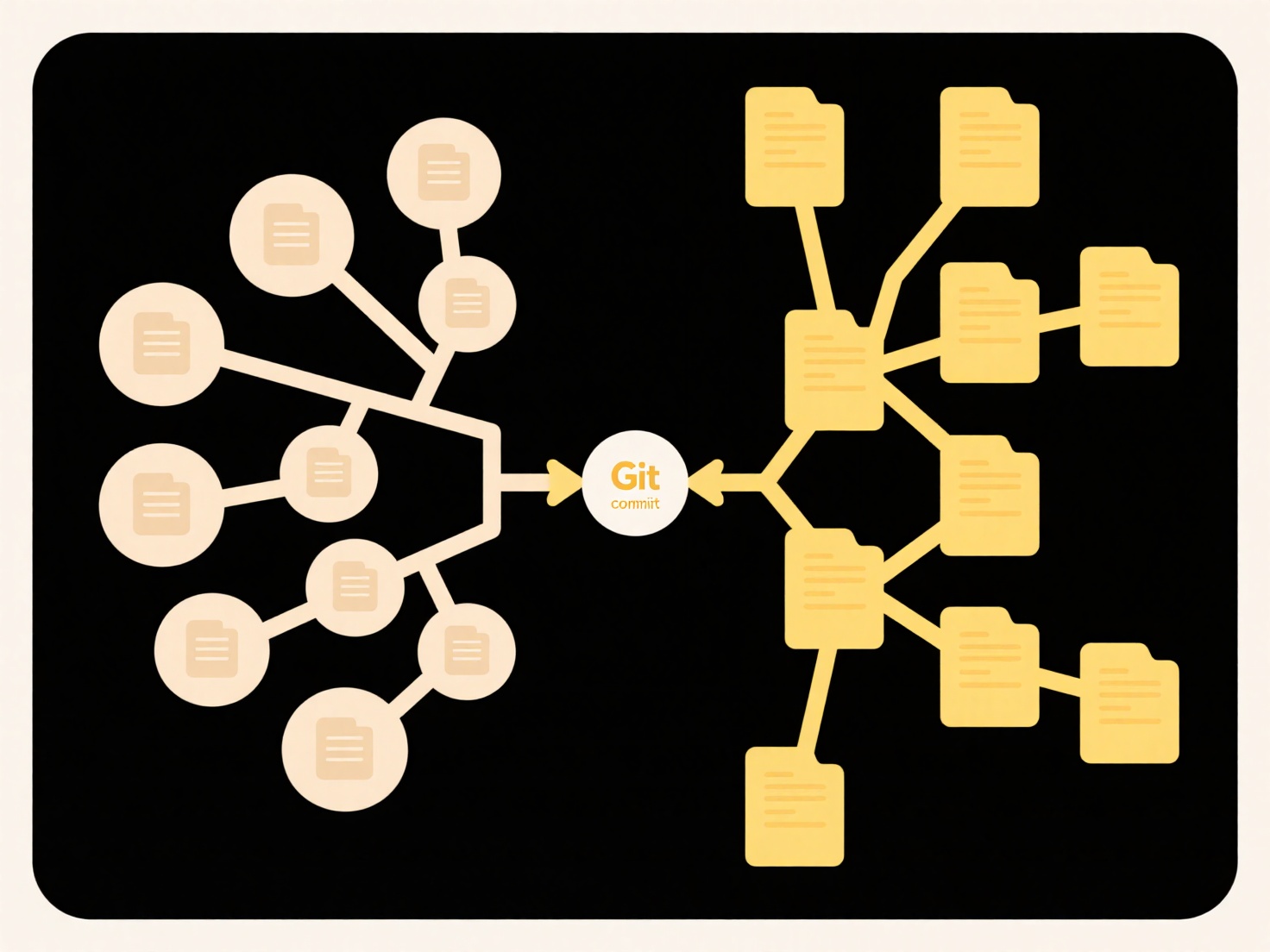
Managing shared folders across organizations involves coordinating access to files stored in a central location, like a cloud service, so teams from different companies can collaborate securely. This differs significantly from sharing within a single company as it requires bridging separate security domains, identities, and governance policies, often achieved through federation or explicit inter-organization sharing settings. The goal is to provide necessary access while strictly isolating sensitive internal data.

A common example is a construction firm sharing project blueprints and schedules with subcontractors and architects via a cloud platform like Box, Dropbox, or SharePoint Online, using specifically configured external folders. Similarly, a healthcare research consortium might securely share anonymized data sets between participating hospitals and universities using managed cloud storage with granular permission controls, audit logs, and compliant access methods.
Key advantages include streamlined workflows and real-time collaboration. However, this introduces significant risks: loss of direct control over data governance, potential security breaches through compromised partner accounts, and complex compliance across different regulations (like GDPR or HIPAA). Future trends focus on enhanced zero-trust security models and automated policy enforcement at the file level, ensuring only the right external users gain precise access without undermining internal security.
How do I manage shared folders across organizations?
Managing shared folders across organizations involves coordinating access to files stored in a central location, like a cloud service, so teams from different companies can collaborate securely. This differs significantly from sharing within a single company as it requires bridging separate security domains, identities, and governance policies, often achieved through federation or explicit inter-organization sharing settings. The goal is to provide necessary access while strictly isolating sensitive internal data.

A common example is a construction firm sharing project blueprints and schedules with subcontractors and architects via a cloud platform like Box, Dropbox, or SharePoint Online, using specifically configured external folders. Similarly, a healthcare research consortium might securely share anonymized data sets between participating hospitals and universities using managed cloud storage with granular permission controls, audit logs, and compliant access methods.
Key advantages include streamlined workflows and real-time collaboration. However, this introduces significant risks: loss of direct control over data governance, potential security breaches through compromised partner accounts, and complex compliance across different regulations (like GDPR or HIPAA). Future trends focus on enhanced zero-trust security models and automated policy enforcement at the file level, ensuring only the right external users gain precise access without undermining internal security.
Related Recommendations
Quick Article Links
How do I include dates in file names properly?
Date formatting in file names ensures chronological organization. The ISO 8601 standard (YYYY-MM-DD) is widely recommend...
What happens when I run out of cloud storage space?
Cloud storage refers to remote digital space allocated to you by a service provider for storing files. Running out means...
Can I rename files based on calendar events or tasks?
Renaming files based on calendar events or tasks refers to the automated process of using details from digital calendar ...